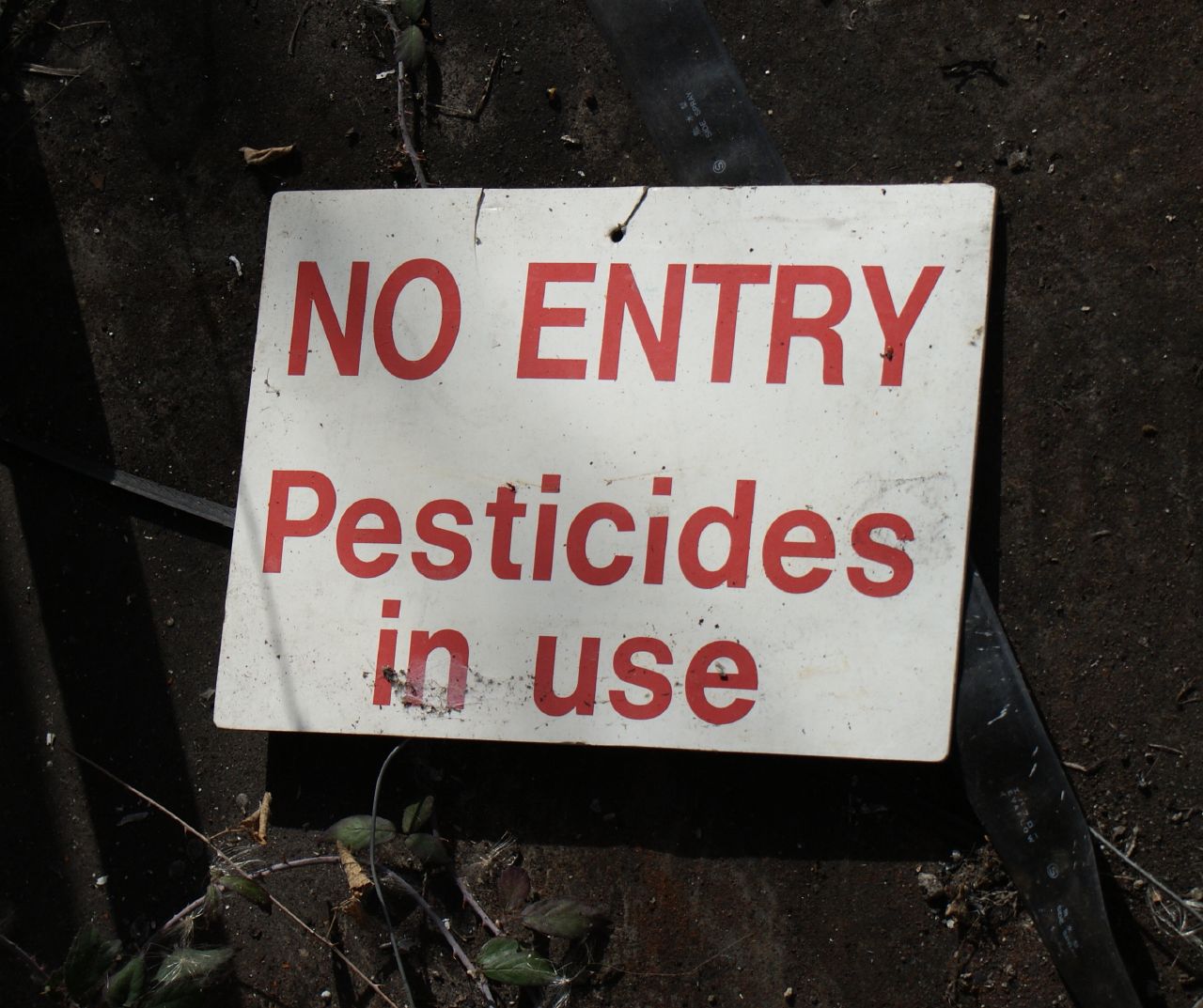
Science Is No Longer Truth: Death of Democracy and Knowledge
You’ve probably heard of Monsanto’s Roundup herbicide. One of the most widely used herbicides in the world, in the US it’s used most often on genetically modified (GM) Roundup Ready crops.
The chemical can be sprayed directly onto the GM crops, which are modified to withstand it, while other living plants in the vicinity wither and die.
What may come as a surprise is the fact that Roundup isn’t only used by farmers growing GM crops
August 25, 2015 | Source: Mercola.com | by Dr. Mercola
You’ve probably heard of Monsanto’s Roundup herbicide. One of the most widely used herbicides in the world, in the US it’s used most often on genetically modified (GM) Roundup Ready crops.
The chemical can be sprayed directly onto the GM crops, which are modified to withstand it, while other living plants in the vicinity wither and die.
What may come as a surprise is the fact that Roundup isn’t only used by farmers growing GM crops (not that that’s a small group – Roundup Ready soybeans make up 94 percent of US soybean acreage, for instance).1
The federal government and US state land managers also count themselves among Monsanto’s clients, as glyphosate – the active ingredient in Roundup – is the “weapon of choice for battling all sorts of invaders.”2
As noted in a Harper’s Magazine expose, a 2014 study by the California Invasive Plant Council revealed that more than 90 percent of the state’s land managers used the compound.3
On what, exactly? The fight against non-native and “invasive” plants – a fight that is itself mired in controversy because many non-native plants are actually beneficial and some have been around for centuries…
US Government Spends $1 Billion a Year on Glyphosate and Other Chemicals to Kill Off Plants
According to Harper’s, “Last year, the federal government spent more than $2 billion to fight the alien invasion, up to half of which was budgeted for glyphosate and other poisons.”4
This includes the eucalyptus tree in California, which was brought from Australia during Victorian times, the Monterey cypress, and more than 450,000 other trees in the Oakland/Berkeley area of the state that are slated to be destroyed for “wildfire-risk reduction.”
The federal government even describes invasive species as one of the most serious threats to the environment yet, as Harper’s explained:5
“Defining ‘native’ and ‘invasive’ in an ever-shifting natural world poses some problems. The camel, after all, is native to North America, though it went extinct here 8,000 years ago, while the sacrosanct redwood tree is invasive, having snuck in at some point in the past 65 million years.
The National Invasive Species Council defines the enemy as ‘an alien species whose introduction does or is likely to cause economic or environmental harm or harm to human health.’
But the late, great evolutionary biologist Stephen Jay Gould dismissed such notions as ‘romantic drivel.’
Natives, he wrote, are simply ‘those organisms that first happened to gain and keep a footing,’ and he ridiculed the suggestion that early arrivals ‘learn to live in ecological harmony with [their] surroundings, while later interlopers tend to be exploiters.’”
The “invasive” eucalyptus tree, for instance, was planted by the hundreds of thousands in the 1870s, as it was renowned for its grace and appearance. The tree can withstand fires and irrigates soil by absorbing moisture from fog through its leaves and funneling it through its roots, which sounds more like an environmental benefit than a threat…
